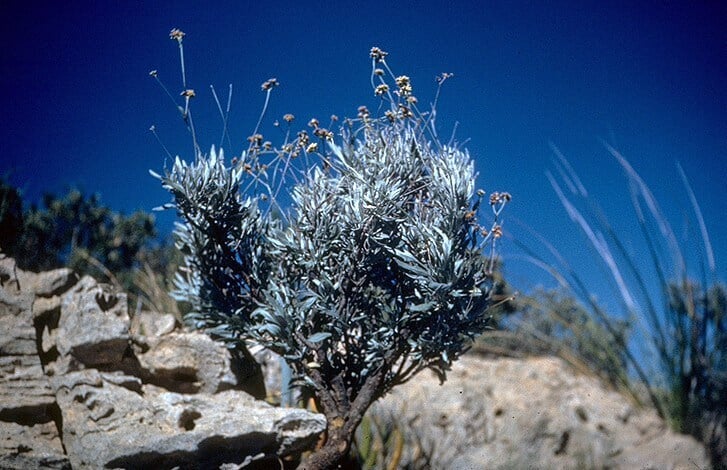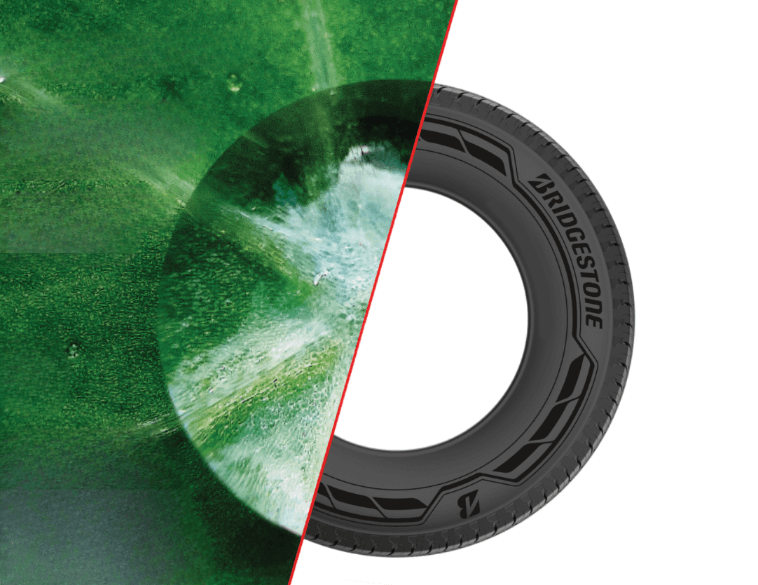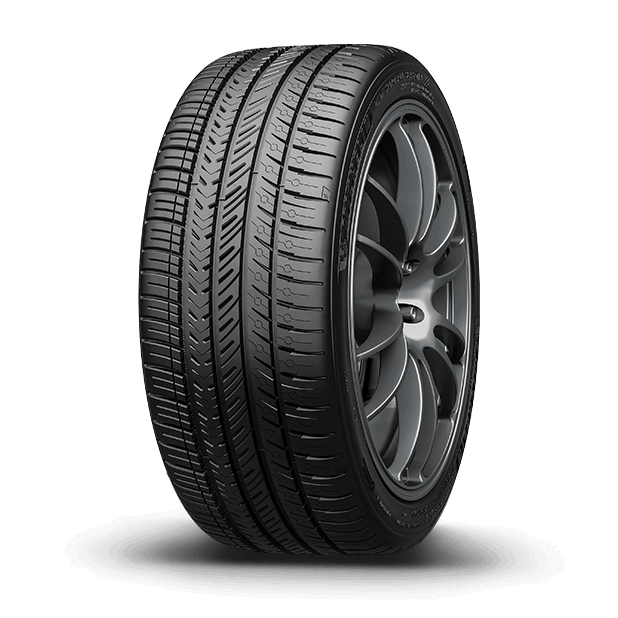In the hope of a greener future, tire manufacturers fund many researchers every year in fields as varied as mechanical engineering, chemistry and even genetics. While it’s easy to understand how the first two sciences can help create a more efficient product, the third can leave us a little confused. Yet, in late January 2021, Bridgestone announced a breakthrough in DNA technology that could change the world of tires.
Even today, some of the rubber used in tires still comes from natural sources. For a short review of where this substance comes from, we invite you to read our articles here and here. Bridgestone has long been at the forefront of innovation in the field (yes, we also have an article on this) and this time it could be a major one. Indeed, with its partner NRGene, the firm has just announced the potential discovery of a new source of gum for their products.
More rubber, less emissions!
The production of natural latex is still a major source of pollution and, above all, requires a very large quantity of water. This can be a problem in the heat of South American countries where rubber trees are grown! However, the rubber tree is not the only plant that produces this latex. The guayule, native to the deserts of Mexico and the southern United States, is also bursting with this resin, which is so useful for keeping our cars running, if only in lesser concentrations.
Because of its low yield, guayule is not yet the ingredient of choice for natural rubber, but thanks to Bridgestone, that could well change. Following a breeding program to create high concentration latex specimens, the company’s scientists were able to analyze the DNA sequence of a perfect guayule. With this information, they may be able to introduce a new species of guayule to the market, perfectly adapted to the needs of the industry.
The advantages of the guayule are numerous. In addition to using much less water than the rubber tree, its cultivation does not require very fertile soil and uses almost no pesticides and fertilizers. All that remains for NRGene to do is to compare the DNA sequence of this miraculous plant with that extracted from the rubber tree during a partnership with Bridgestone. With these results, geneticists will be able to recognize and isolate the genes related to sap production, and especially its quantity. Although engineers and physicists sometimes steal the spotlight from them, here is proof that the future of the tire is in the hands of all scientists, even biologists!






